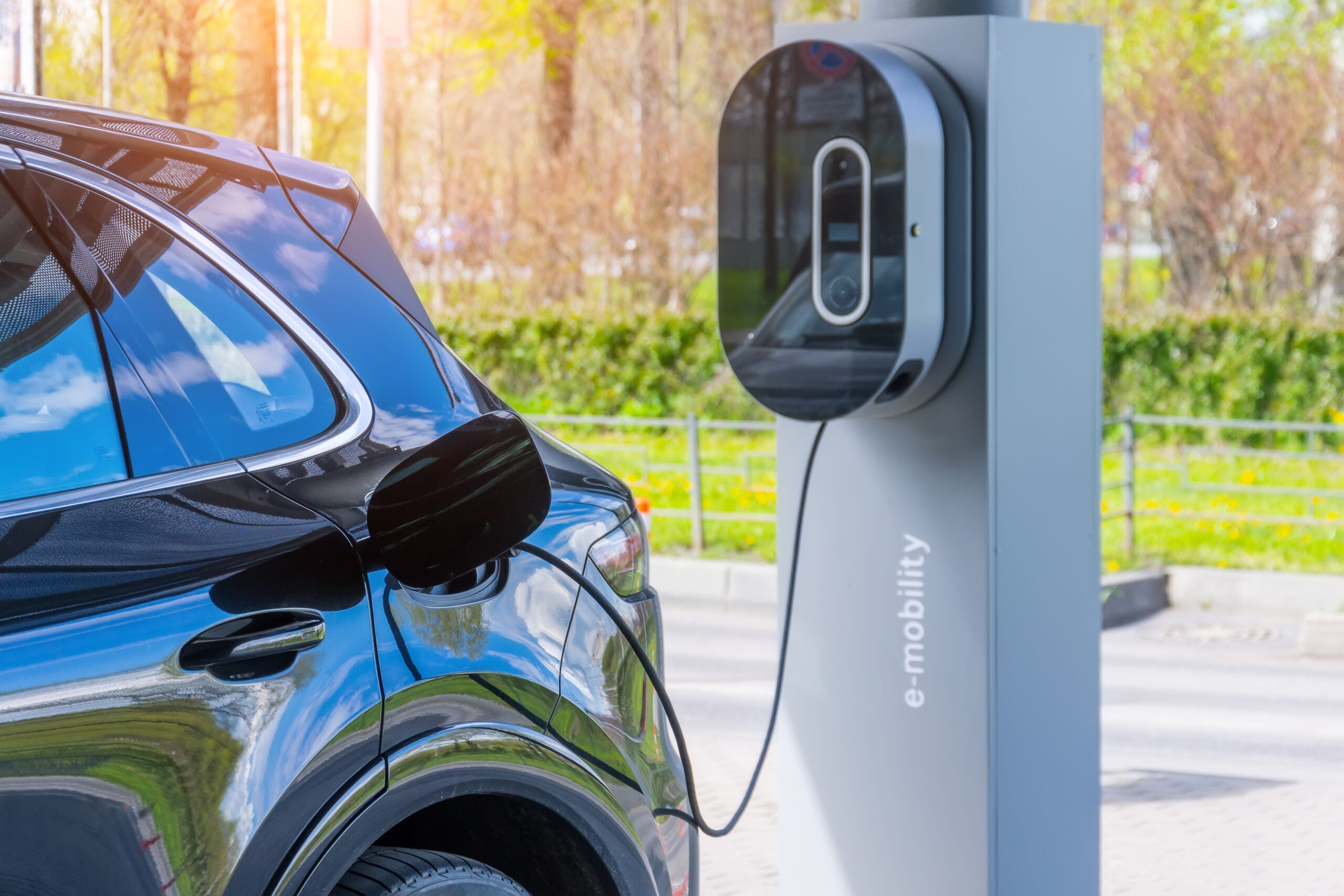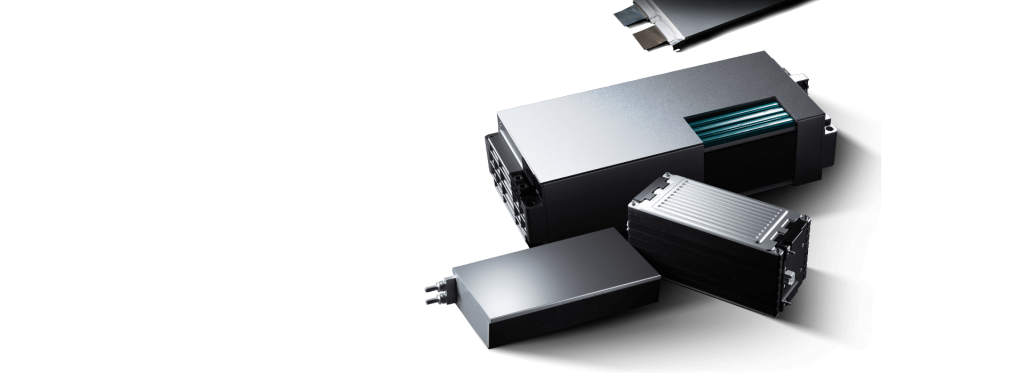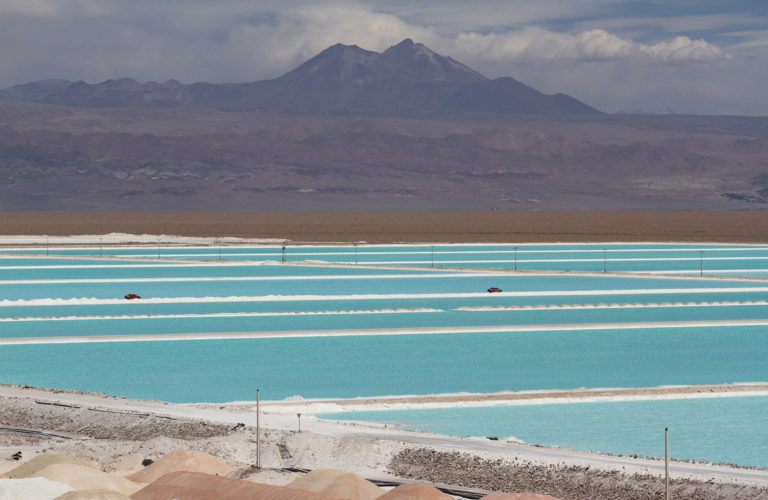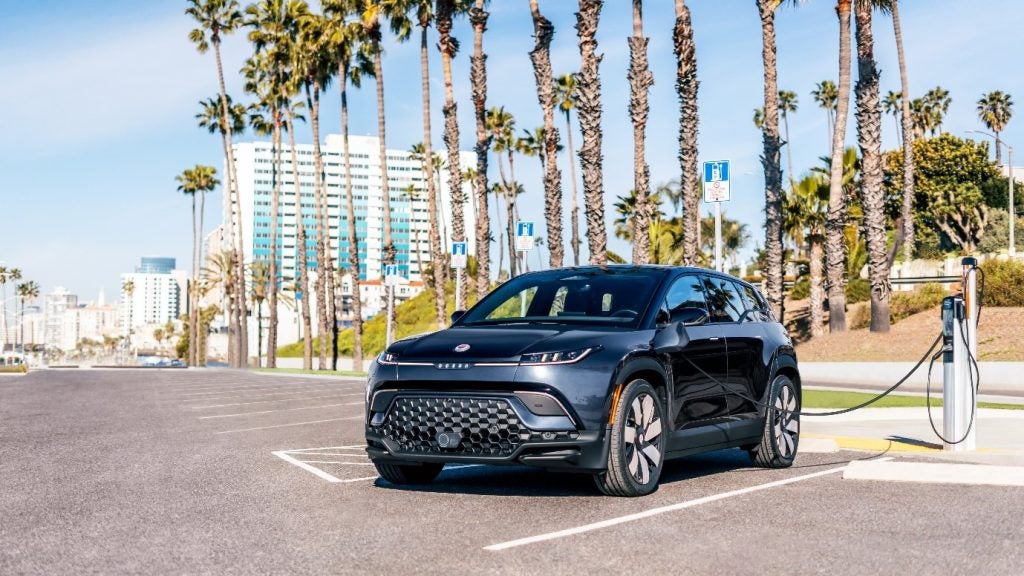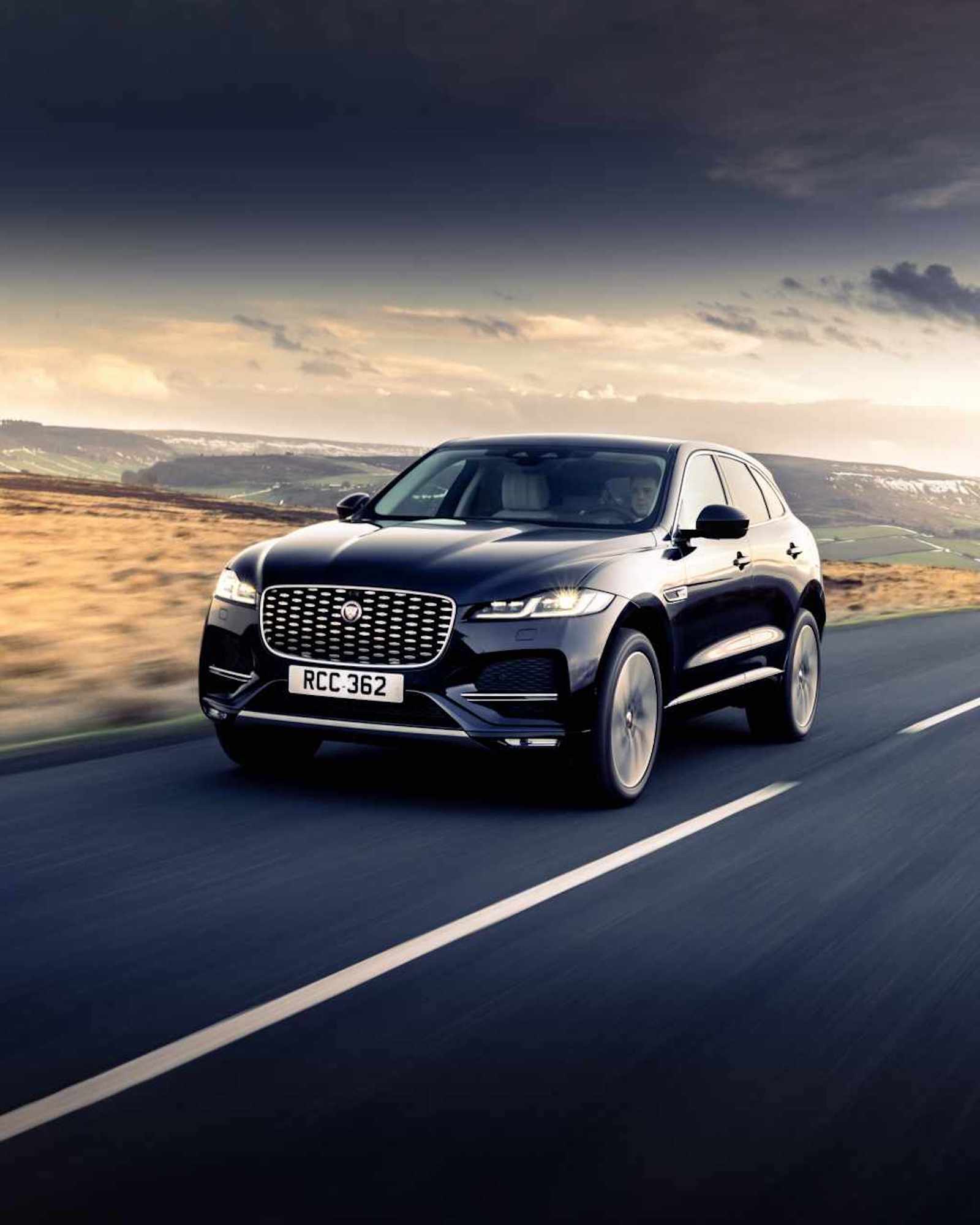
JLR’s chief executive told us in February that Jaguar will be electric-only by 2025. However, Thierry Bolloré hasn’t been too specific when it comes to future vehicles.
The CEO is said to be keen to attempt a repositioning of the brand upmarket of where it is today, specialising in cars only. That being the case, there wouldn’t be successors for most of today’s models.
How well do you really know your competitors?
Access the most comprehensive Company Profiles on the market, powered by GlobalData. Save hours of research. Gain competitive edge.

Thank you!
Your download email will arrive shortly
Not ready to buy yet? Download a free sample
We are confident about the unique quality of our Company Profiles. However, we want you to make the most beneficial decision for your business, so we offer a free sample that you can download by submitting the below form
By GlobalDataWe know that a direct replacement for the XJ was canned at the last minute and that overall, the marque’s volumes will keep declining in all markets.
Some of the reason for the continued tumble is potential buyers now know that any car they might be considering won’t be in production for long. So it’s going to be a trying time for JLR’s parent’s patience with the brand.
Details of what could be coming remain clouded in intense secrecy but it’s still possible to see the outline of how Jaguar could evolve. The cuts to the line-up look to be savage, with today’s XE, XEL, XF, XFL, E-Pace and F-Pace unlikely to be replaced.
Up to three models are believed to be part of the plan which Thierry Bolloré went public with earlier in 2021.
It is believed that three Jaguar car or crossover equivalents to the three most successful and profitable Range Rovers are to be developed, i.e. the Evoque, Sport and Range Rover itself.
The Velar, which should in theory be a strong seller, hasn’t turned out to be. That could be good news for Jaguar if Land Rover instead more or less hands over this segment to the leaping cat brand and fails to replace the Velar when its life cycle ends (2025 seems likely).
Looking at existing models, it’s not yet certain what becomes of the F-Type. The fastback and convertible were given a major facelift in late 2019 although cars didn’t reach dealers until 2020.
In North America, which has always been the main region for sales, the 2022 model year F-Type line-up is reduced to the V8-powered P450 and R derivatives. Elsewhere, the 2.0-litre four-cylinder turbo and 3.0-litre supercharged V6 remain available.
F-Type production will probably end in 2023 or 2024. Whether or not the company plans to launch some form of replacement remains unknown. Theoretically, there could be an electric successor in 2025 or 2026.
Jaguar of course already has an EV, the brand being something of a trailblazer when it comes to electric SUVs. While it got off to a good start in early 2018, the I-Pace has since faltered.
Thierry Bolloré stated in an interview four months back that more I-Pace derivatives were planned but was clear in confirming that this model will not be directly replaced. Jaguar will probably have Magna Steyr continue to manufacture whatever variants are coming until perhaps 2026.
No Jaguar sells terribly well but the F-Pace has been popular in the past. Launched in 2016 it had a facelift in September 2020.
Every variant in the revised range is turbocharged and has all-wheel drive as well as an eight-speed automatic gearbox:
- 163 PS 2.0-litre mild hybrid diesel
- 204 PS 2.0-litre mild hybrid diesel
- 300 PS 3.0-litre, six-cylinder diesel
- 300 PS 3.0-litre, six-cylinder mild hybrid diesel
- 250 PS & 365 Nm 2.0-litre-four-cylinder petrol
- 340 PS & 480 Nm 3.0-litre, six-cylinder mild hybrid petrol
- 400 PS & 550 Nm 3.0-litre, six-cylinder mild hybrid petrol
The mild hybrids feature a Belt integrated Starter Generator (BiSG) to harvest energy usually lost when slowing and braking. This energy is stored in a 48V lithium-ion battery and used to assist the engine when accelerating, as well as delivering a more refined stop/start system.
Three months after the facelifted range was announced to the media, Jaguar issued details of an equivalent update for the SVR. The supercharged 5.0-litre engine produces the same 405 kW (550 PS) as before but torque has risen to 700 Nm.
The facelift and revised powertrains were the main news for the ’21 model year in North American markets. The engine line-up in the USA became: 246 hp 2.0-litre four-cylinder turbo, plus the new mild hybrid 3.0-litre straight-six turbos with outputs of 335 hp and 395 hp.
Aside from the usual model year tweaks the most recent changes will likely be the last for the F-Pace. Production will probably end in 2024. An electric crossover could appear in 2025 as the effective successor.
Reports for many other manufacturers’ future models are grouped in the OEM product strategy summaries section of Just Auto.
Future platform intelligence
More detail on past, current and forthcoming models can be found in PLDB, the future vehicles database which is part of GlobalData’s Automotive Intelligence Center. That includes Jaguar models not in this report.
This is the second of three features on Tata Motors Limited’s passenger vehicle brands. First was the Tata brand, with Land Rover to follow soon.


